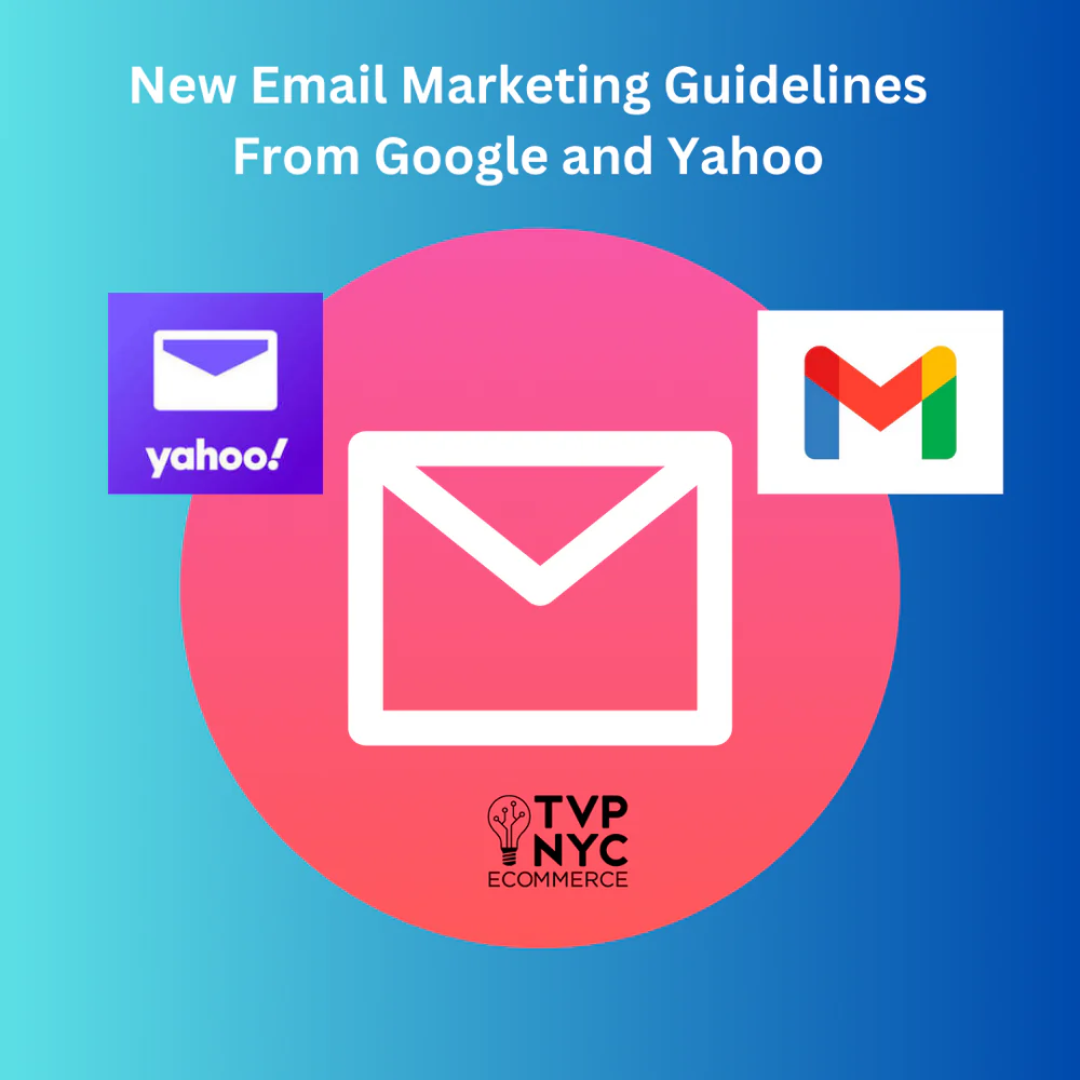The eCommerce landscape is dynamic and highly competitive, kind of like baseball. Just when you think you've got the game in the bag, some new player on the other team brings out next-level moves and scores a homerun. All you can do is finish the game, go home, and revamp your gameplan.
If you have an eCommerce store, you have to adapt and evolve. As consumer preferences and market trends shift, eComm businesses must stay ahead of the curve to remain relevant. A well-executed rebranding strategy is a powerful tool to solidify existing relationships and reel new customers in.
This guide will guide you through some of the intricacies of crafting a successful rebranding strategy tailored to your company. We kick off with the basics of rebranding and why you need it. Then, we dive into the steps necessary to implement changes seamlessly and throw in some tips that will help you revitalize your brand and thrive. Finally, we briefly touch on rebranding vs. replatforming.
A Quick and Simple Definition of Rebranding
Rebranding is changing the look and feel of an online store to create a new or refreshed online identity. It's a valuable marketing tool that can help keep your brand relevant, promote brand awareness, keep current customers engaged, and attract new customers.
Rebranding may include elements like changing the website design, logo, branding, product offerings, and marketing methods. It may also involve redefining the company values, mission, name, and target audience.
Do I Need Rebranding?
The answer to this question is as simple as looking at your store and feeling that it's looking outdated. Or, it could be for other reasons, for example:
- To improve your company's reputation and market position.
- To boost your relevance.
- If you want to capture a new market.
- To stand out from competitors.
- For a more modern and visually appealing website.
- To increase customer engagement.
- To improve user experience.
- For crafting a unique and memorable brand identity.
- Keeping up with industry trends
- To boost brand awareness and recognition.
- For streamlining introductions to new products and services.
- When the company's vision, mission, or values change.
- To accommodate a merger or acquisition.
What a Successful Rebranding Looks Like
Of course, there's a lot more to it, but here's a concise list of key elements that contribute to the success of rebranding an eCommerce company:
- A clear brand identity
- A customer-centric approach
- An updated website design
- Mobile optimization
- Social media alignment
- SEO alignment
- An effective launch strategy
- Employee involvement and training
- Legal compliance
- Monitoring and adaptation
Now, let's delve into what it takes to achieve this.
Steps to Developing Your Rebranding Strategy
Developing a rebranding strategy for an eCommerce store involves several key steps. Here is a step-by-step guide to help you through the process:
1. Do an eCommerce Audit to Define Your Basic Goals
What do you want to achieve with rebranding? The list of reasons for rebranding is a good place to start. See which ones apply to you and elaborate on them to define goals. Be as specific as possible with what you want to accomplish and set realistic goals.
To figure out what your goals are, do an eCommerce audit. This could reveal the various technical reasons why you should rebrand. For example, engagement, what people are doing on the site, whether there are any friction areas that are elevated by your current branding.
Getting the data with an eCommerce audit is the only truly accurate way to assess your goals for an eCommerce site rebranding.
2. Do Your Homework
When you do market research for rebranding, aim to answer the following questions:
- Who is your target audience?
- What are your competitors doing?
- What are the current industry trends?
- What are the strengths and weaknesses of your brand identity?
- What aspects of your brand should be retained or modified?
Your objectives will become clearer as you gather information, bringing you to the next step.
3. Fine-Tune Goals and Objectives
Look back at your basic goals and note how they tie in with the market research you've done. This will help you determine desired outcomes and align your goals and objectives with customer expectations and industry trends.
You may want to split goals and objectives, depending on your needs. A goal is a long-term achievable outcome, while an objective is a shorter-term achievement that defines measurable actions required to achieve goals.
A goal is an achievable outcome that is generally broad and longer term, while an objective is shorter term and defines measurable actions to achieve an overall goal. Once you have clearly defined your goals and objectives, it will be easier to develop your strategy.
4. Create a Positioning Statement
Your rebrand will apply changes to many areas of your company and involve many different team members, so you should start your branding process with a guiding mission statement to ensure everyone's efforts are consistent. This brand strategy statement will act as a brand guideline as your team develops the new branding for your business.
For example, if you're rebranding with a more eco-conscious approach, your new market positioning statement might be "to provide authentic and sustainable service" to your customers. Your team can then use this direction and tone as they develop a new visual identity and brand processes.
5. Create an Implementation Plan
An implementation plan begins with three steps:
Step 1 - Identify key tasks and responsibilities
Identify key tasks to implement the rebranding process and break it into phases. These tasks may include:
- Redesigning the company's visual identity.
- Communicating the rebrand internally and externally with customers, employees, investors, etc.
- Stakeholder engagement and feedback.
- Legal considerations like trademark issues.
- Website and social media updates.
- Marketing collateral updates.
- Employee training on the updated brand message.
Identify the resources required for each phase of the rebranding process. This includes financial resources, personnel, technology, and external partners.
Step 2 - Set a timeline and allocate resources
Based on the key tasks and responsibilities, break down the process into phases and assign specific tasks and deadlines. Consider factors such as industry events, product launches, or other time-sensitive activities. Be aware of dependencies and adjust deadlines accordingly.
Step 3 - Determine the budget required for the rebranding
Once you understand every task and resource required to complete the task, clearly break down the budget and ensure that the required funding is available. Once you've got this part of your plan in place, you're ready to share it with everyone on your team.
6. Communicate Internally
While it's always best to keep employees and colleagues in the loop, a clearly defined plan will put you in the best position to inform your employees and colleagues about the details of the upcoming rebranding and answer any questions they may have. Explain the rationale behind the rebranding and tell them how they will be involved throughout the process.
7. Rebranding Execution
Follow your implementation plan, which should include updating your visual elements like your logo, packaging, website, marketing materials, etc. Keep on top of your timelines, while considering other elements across the supply chain.
Ensure that the rebranding covers end-to-end aspects of the business? If you rebrand the website, you may need to rebrand your packaging as well. A rebrand is also an opportunity to look at the customer unboxing experience. Are there opportunities to make a significant impact on your business by considering every aspect of the business that is touched by the brand.
Product labels for apparel items, or stickers, product inserts, and branded water tape are excellent elements you can use to introduce rebranding to the physical experience of your brand.
8. Launch and Promotion
Plan a comprehensive launch strategy to communicate the rebranding to your target audience. Leverage different marketing channels to promote your new brand. Remember, most of your objectives depend on your new brand reaching your target audience. You can only do that if you launch and promote your store successfully.
9. Monitor, Evaluate, and Remain Consistent
Even after you've launched and promoted your rebranded eCommerce store, the job's not done. For ongoing success, data is everything!
- Track customer feedback and reactions.
- Analyze the impact of the rebranding on key performance metrics.
- Make adjustments as necessary based on data-driven insights.
- Ensure consistent application of the rebranding across all touchpoints.
- Develop brand guidelines to maintain visual and messaging consistency.
- Continually review and refine your brand strategy over time.
Tracking, adjusting, reviewing, and refining your brand strategy is ongoing and will ultimately help you achieve your goals.
Rebranding vs. Replatforming an eCommerce Store
We are adding this section because there's a crossover between the two terms. It’s important for you to know the difference between the two to establish what’s best for your company.
Rebranding an eCommerce store and re-platforming from one eCommerce platform to another, whether you are migrating to Shopify from a website builder platform like Wix, SquareSpace or Wordpress, or from one of the larger eCommerce platforms like BigCommerce or Magento, it is a substantial undertaking.
Many businesses choose to do both simultaneously, so re-platforming often includes rebranding. However, they are not the same thing. Let's briefly explore each process in the context of an eCommerce store.
As discussed, rebranding an eCommerce store involves refreshing or changing the online business's visual identity, messaging, and overall brand image. It could include updating the store's logo, color scheme, website design, product presentation, and marketing materials to create a new and improved brand image. Reasons behind rebranding could include an outdated design, market positioning, or business evolution.
Replatforming to Shopify involves migrating the entire eCommerce infrastructure from one platform to another, typically to take advantage of different features, better scalability, or a more user-friendly environment.
The process involves moving product data, customer information, order history, and other relevant data from the old platform to Shopify. It also involves adapting or redesigning the website to fit the capabilities and limitations of the new platform.
Reasons for re-platforming could be technical limitations, performance expectations, required functionality, user-friendliness for administrators and users, and more. It's a resource-intensive process and involves multiple steps and processes.
What's Right For You? Rebranding or Replatforming?
You should determine the answer to this question based on the business's unique goals, challenges, and priorities. It hinges on thoroughly assessing your business goals, current challenges, and customer expectations.
If your online store is grappling with technical limitations, slow performance, or outdated infrastructure, re-platforming—such as migrating from Magento to Shopify—may be a prudent choice. This can enhance the user experience, capitalize on new features, and reduce operational costs.
On the other hand, rebranding could be the key if your brand image appears stale, doesn't resonate with your target audience, or if there has been a significant shift in your business focus. Updating your logo, visual elements, and messaging can breathe new life into your brand and help align it with evolving market trends. A comprehensive strategy might sometimes involve rebranding and re-platforming, ensuring a holistic approach to revitalizing your eCommerce presence.
It Depends on What You Need - Let's Help You
Ultimately, the decision should be guided by carefully analyzing your specific business needs and the desired outcomes you aim to achieve. As Shopify Experts, we can guide you through every step of the way. Talk to us; we'd love to hear from you.



